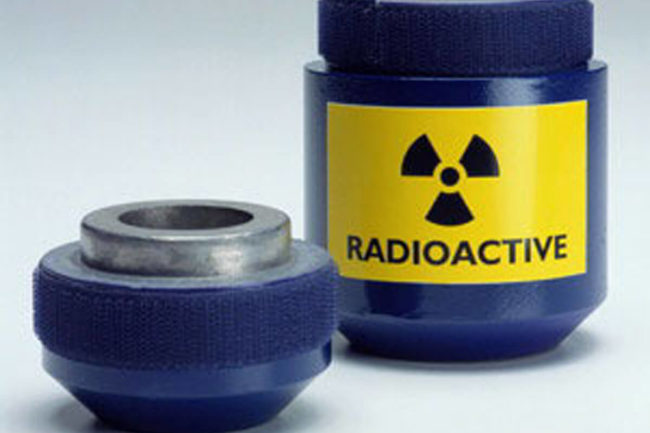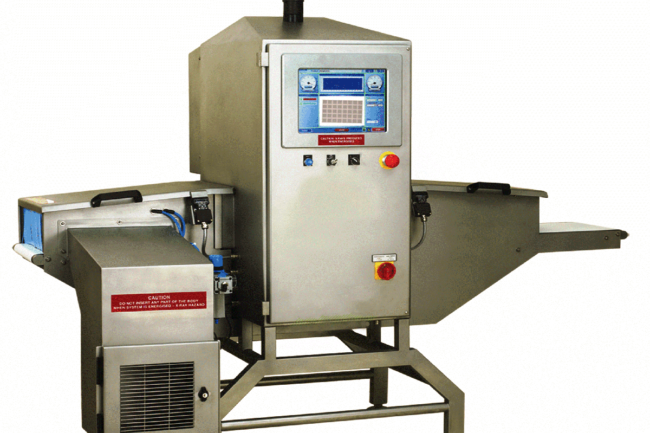Radiation in Education
The following questions are answered to assist those using radioactive materials in UK schools and colleges.
Q: Are there Government regulations covering radioactive materials in schools in the UK?
- The Radioactive Substances Act 1993
- The Ionising Radiations Regulations 1999
- The Department for Education and Employment Administrative Memorandum AM 1/92 (under review).
Q: What do these regulations cover?
The provisions of this Act deal with the protection of the environment from radiological contamination by requiring organisations to be:
i) registered for the keeping and use of radioactive sources, and
ii) authorised for the accumulation and disposal of radioactive waste
State maintained schools are exempt from most of these by The Radioactive Substances (Schools etc.) Exemption Order 1963.
Independent schools are exempt under a number of other Exemption Orders:
- The Radioactive Substances (Testing Instruments) 2006
- The Radioactive Substances (Prepared Uranium and Thorium Compounds) Exemption Order 1962
- The Radioactive Substances (Geological Specimens) Exemption Order 1962
- The Radioactive Substances (Luminous Articles) Exemption Order 1963
These Exemption Orders have conditions attached to them specifying the terms of their application and the types of material and activities which are exempt.
The Ionising Radiations Regulations 1999 (IRR99)
These regulations, made under the Health and Safety at Work Act 1974, control the exposure of employees and the public to ionising radiation in the workplace.
Given the low source activities, their containment and the low resulting exposures many parts of the regulations do not apply to schools.
The use of Ionising Radiations in Educational Establishments in England and Wales and notes for guidance [DES Administrative Memorandum 1/92]
This administrative memorandum gives information specific for state maintained schools. However, many Independent Schools choose to operate within the conditions of AM 1/92.
Many of the points covered in AM 1/92 replicate those in IRR99. Since AM 1/92 was published, however, the health and safety regulations have changed from IRR85 to IRR99. Some aspects such as local rules and the role of the RPS, that were mandatory for schools under IRR85, are now optional.
The new regulations have also introduced the concept of risk assessment that was not included previously.
Q: Who is responsible for ensuring compliance with these regulations?
- For community schools, community special schools, voluntary controlled schools, maintained nursery schools and pupil referral units the employer is the Local Education Authority (LEA).
- For foundation schools, foundation special schools and voluntary-aided schools, the employer is usually the governing body.
- For independent schools, the employer is usually the governing body or proprietor.
Within each school a person will be appointed (usually a physics teacher or technician) to be responsible for day-to-day compliance. The level of training required for this person is dependent on the type and activity of the radioactive sources held.
Q: Where can I get further advice or guidance?
CLEAPSS Schools Science Service – All LEAs have membership of CLEAPSS as do most independent schools and colleges. CLEAPSS can provide guidance and advice directly as well as through their Laboratory Handbook and more specifically in their guidance document, “Ionising Radiations and Radioactive Substances L93“.
CLEAPSS School Science Service
Brunel University
Uxbridge
UB8 3PH
Tel: (01895) 251 496
Fax: (01895) 814 372
Radiation Protection Advisers – A suitably accredited RPA can give advice and guidance on all aspects of the various legislations. CLEAPSS can provide contact details of suitable RPA in your area.
Radman Associates have acted as an RPA to schools in the Staffordshire/ Cheshire/ Lancashire Area for many years. Our services are normally provided on one of the following basis:
- Initial consultation on the IRR99 without the need for permanent appointment.
- Formal appointment as RPA to your school or college.Our contract price includes:* A site visit and written report
* 2 years availability to provide advice and guidance
* Updates on any changes to the legislation
* A 24-hour emergency contact number.
Q: What items are covered by these regulations?
Sealed sources – Most commonly cup sources or resin embedded sources, usually less than 185 kBq. A variety of radionuclides are used including radium-226, americium-241, strontium-90, cobalt-60, plutonium-239. Sealed sources require leak testing every two years.
Radioactive rocks – Naturally occurring radioactive minerals which have not been processed in any way. Often these sources are held by the geology department, sometimes without the radioactive properties being known. E.g. monozite sands, pitchblende, torbenite, anglesite, cummite, etc.
Uranium and thorium compounds – Most often in sealed containers or puffer bottles which are used for half-life experiments. Sometimes in sealed plastic slides, lidded glass vials or glass bottles. Often chemistry departments may have old stocks of these compounds without realising the radioactive properties.
Smoke detectors – Radioactive versions contain a small americium-241 or radium-226 source. These only need to be considered for health and safety purposes when used in demonstrations.
Spintharioscope and luminous articles – Contain radium-226 which interacts with a fluorescent substance to cause light to be emitted; often used on items such as watches, compasses and dials. Modern luminous articles do not use radium but store energy from a light source and will stop glowing in a few hours, radium luminised articles never stop glowing as energy comes from the ionising radiations.
Cloud chamber sources – Most commonly a small blob of yellow paint containing radium-226 on the end of a wire. Care must be taken as paint can begin to flake in time with a risk of it being inhaled; best stored inside a sealed vial.
X-ray instruments – Any instrument generating x-rays needs to be operated very carefully due to the high dose-rate (biological harm) that can result from even short exposures.
Neutron sources – Very rare for any school to own as a Registration with the Environment Agency is likely to be required with high levels of supervision and documentation.
Need help?
Radman Associates offers Radiation Protection Advice and RPS Training. To contact our team of Radiation Protection Advisors please email admin@radman.co.uk or call 01625 576000.



